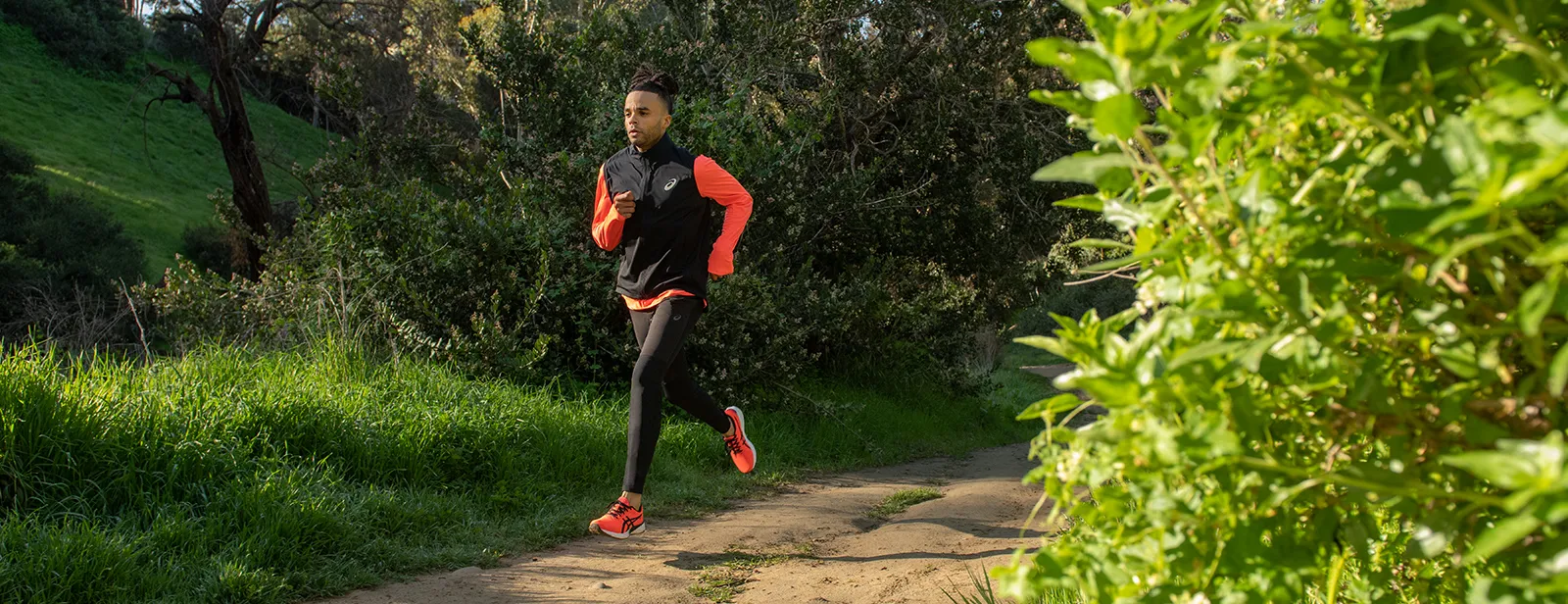
New to Running: What You Need to Know
April 8, 2021
Starting a running program is a lot like starting a new relationship: It's exciting, you're hoping for the best, and looking forward to how it will change your life.
But in running, as in relationships, it's important to go into it with a clear idea of what's important and how you're going to handle challenges when they arise.
The key to a successful running program starts with good planning. Here are five tips to make your new running program work for you.
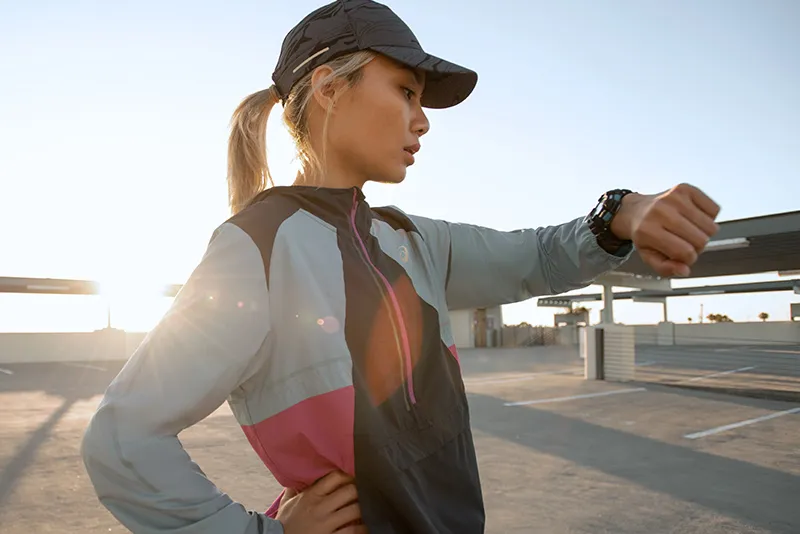
1. Create Goals
Creating goals is one of the best ways to set yourself up for success. Without goals and personal accountability, it's easy to let your running program slide, or maybe you just won't push yourself as hard as you should. As you set goals, it's also important that you make them manageable. Start small, and don't overestimate what you'll be able to do. If you set your goals too high, you might get discouraged and want to quit if you can't reach them.
To make sure you stick to your goals, you can join a running group, ask a friend to join you, or get a fitness app that provides both motivation and accountability.
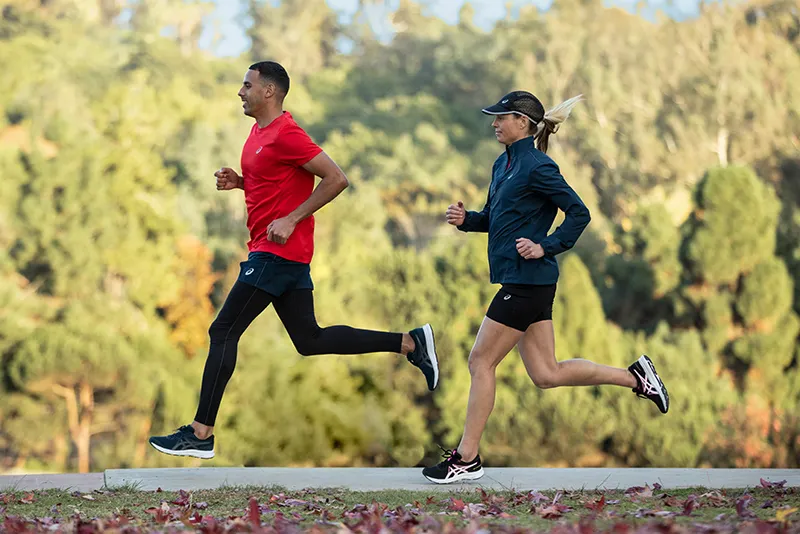
2. Don't Forget About Form
Have you thought about your running form? If you're new to running, you may not have given it much thought, but proper running form can help prevent injuries, and it also can help you run farther and faster. Many runners lean forward or backward from the waist when they first start running, and this can not only lead to injuries, but also makes it harder to breathe. As you're starting out, think about your posture and focus on keeping an upright position.
You'll also want to think about how your foot hits the ground. This is called the footstrike, and if you are landing too far forward (on your toes) or too far back (on your heel) you can be vulnerable to injuries. Aim to land with the middle of your foot and roll through your toes to reduce risk of injury and get more out of each step.
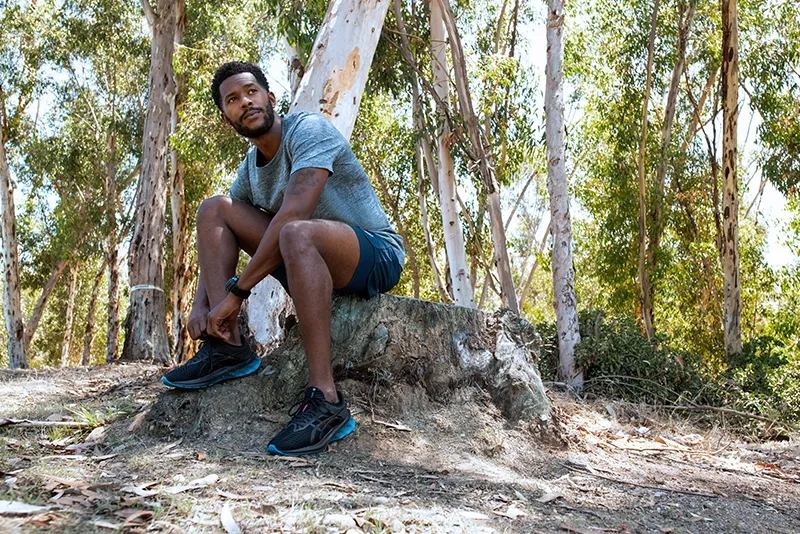
3. Choose Your Environment (Before You Buy Your Shoes)
Where you run is one of the first things you'll have to decide. Are you going to run inside? On the road? At a track? Or are you going to do trail running?
Different types of running have different benefits; for example, trail running is more demanding and burns more calories than running on a road or a smooth track. However, it also requires more focus and concentration, as you have to be aware of changes in the surface and obstacles in your path. Knowing which type of running you want to do will also affect the type of shoes you buy. If you're running on a road or track, you'll want something that helps with speed and distance. But if you're running on a trail, you want shoes that are heavier, with more aggressive tread to handle rougher conditions.
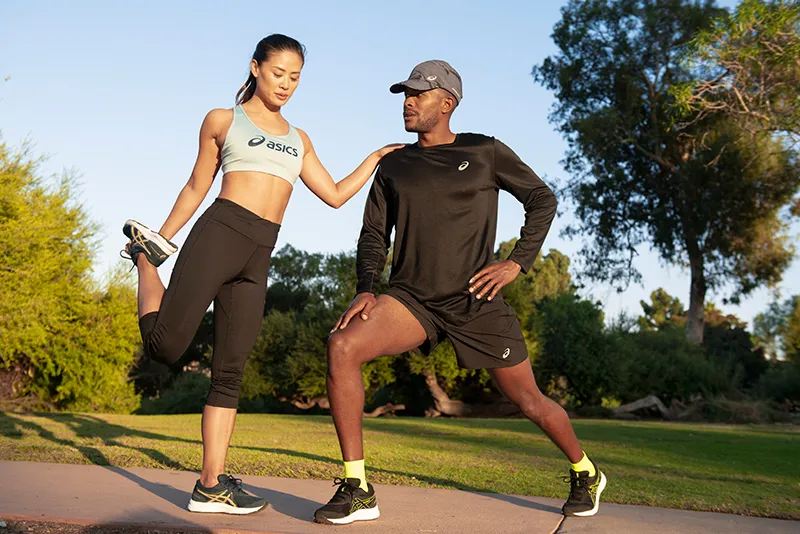
4. Think About Your Warm-Up and Cool-Down
Many new runners forego the warm-up and cool-down, but it's particularly important for beginners to take time to warm up before running, then cool down afterward. Build this into the time you allow for your workout because it can help improve your running performance and prevent or minimize muscle soreness in the days after your run.
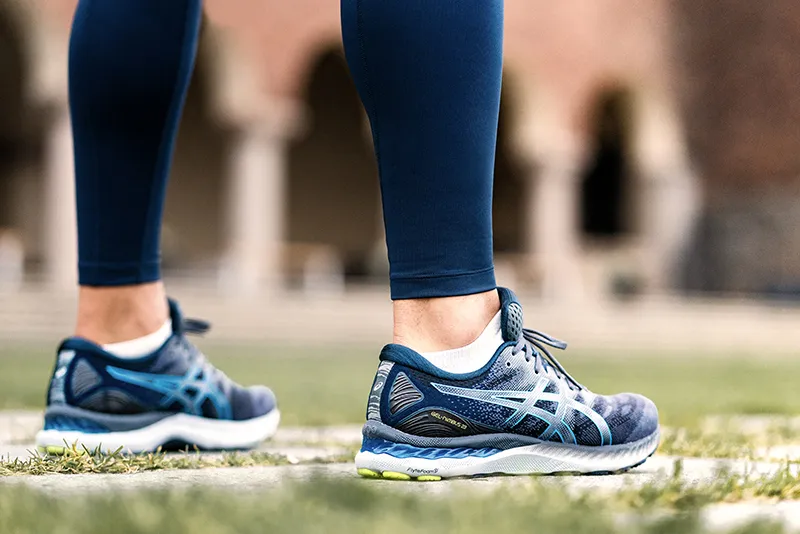
5. Buy the Right Shoes
Shoes can make or break the success of your new running program. Cutting corners and buying an inexpensive pair of shoes can be an expensive mistake, as they won't have the kind of support and structure your foot needs.
You'll also want to know how your foot pronates , which is the way it moves side to side. People with neutral pronation or those whose feet underpronate (roll outwards) can do well with neutral running shoes, such as ASICS GEL-NIMBUS® or GEL-VENTURE®.
If you overpronate, which means your foot rolls inward by more than 15%, you'll want shoes to compensate for that movement. Stability shoes, such as the ASICS GEL-KAYANO® line, are good for runners who have just a mild problem with overpronation. However, if you have more significant overpronation, look for motion control shoes that have stiffer heels and denser foam and will prevent your foot from rolling inwards — which also helps prevent injuries. The ASICS GEL-KAYANO, GT-2000™ and GT-4000™ lines are all good for overpronators.
A great way to find the shoe that's best for your foot and for your running program is to use the ASICS Shoe Finder , which walks you through a few simple questions to narrow down your selection. Once you've got the right shoe and the right plan in place, all that's left to do is lace up and get started.